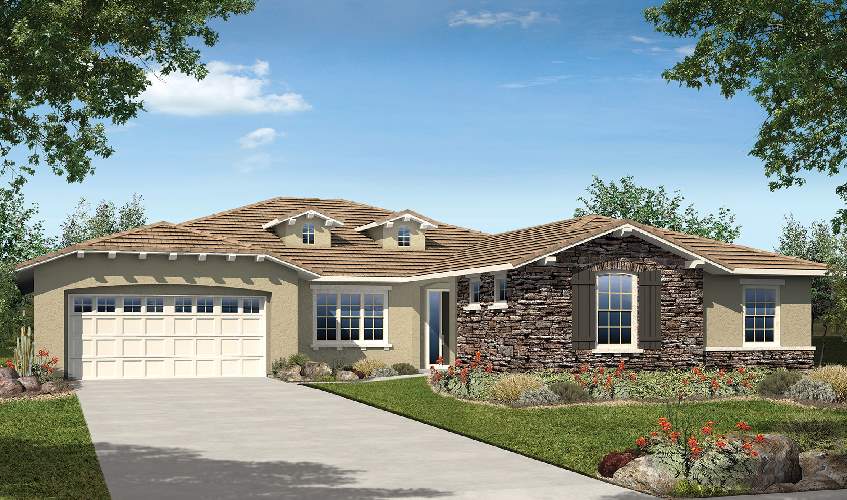Single-Family Rentals on the Rise
People are trading homeownership for rental properties in large numbers.
For the last decade the number of renter households has been on the rise. A Housing Vacancy Survey found that between 2005 and 2015, the market experienced its largest 10-year increase since 1965 with 9 million households entering the rental market, bringing the total number of renters to 42.6 million. The demand for rental properties is driven by a number of factors. A sluggish market for new home construction has resulted in a dearth of affordable starter homes. Young people who are traditionally the most active homebuyers are delaying marriage, kids and mortgages. Many are still dealing with the fallout of the housing crisis and have been forced into the rental market while they repair their credit.
Benefit to the rental market is also being marked by a shift in societal attitudes. Many people, especially aging baby boomers, no longer want to be saddled down by the responsibilities of owning a home and are finding an appreciation for the latitude offered by renting. This trend towards renting shows no signs of slowing down. A recent renting study showed that it expects the homeownership rate in the U.S. to continue to decline for at least the next 15 years, which will cause a sustained surge in the demand for rentals. As consumer demand for rentals soars, it begs the question, how will the market manage to keep up?
As multi-family construction continues to skyrocket, apartment buildings are not able to shoulder the demand on their own. For one, the protracted timeline for completion on these properties is being outpaced by the growing rental population. And much of the new apartment construction has been luxury, which is not a fit for the many mid-market renters. So, at an increasing rate, single-family homes are absorbing the large pool of people who are in the rental market. A new real estate report in October 2016 found that more than 18 million non-owner occupied single-family homes, or one in four single-family homes, is a rental property. This notion is further corroborated by a government study, which showed that 52.4 percent of renters ages 25 to 34 lived in single-family homes, compared with 43.4 percent in apartments. That confirms that is a good time to invest in single-family homes as rentals and those that do could be rewarded handsomely. As demand for rentals has ticked upwards, rents have increased 20 percent nationwide over the last five years. By most accounts, experts expect that single-family rental investors will be a driving force in the real estate market for many years to come.
For those investors eager to get in on the action, several studies identified the strongest markets for buying single-family rentals in the first seven months of 2016. It focused in on markets that demonstrated high gross annual rental yields as well as areas marked by low owner-occupancy rates, which can signal a strong demand for rental properties. For more on where the markets are hot for rental purchase visit www.realtor.com Discussions on buying and selling. Great article!

